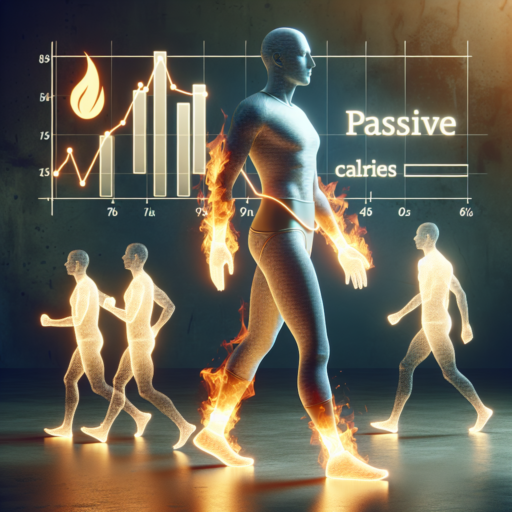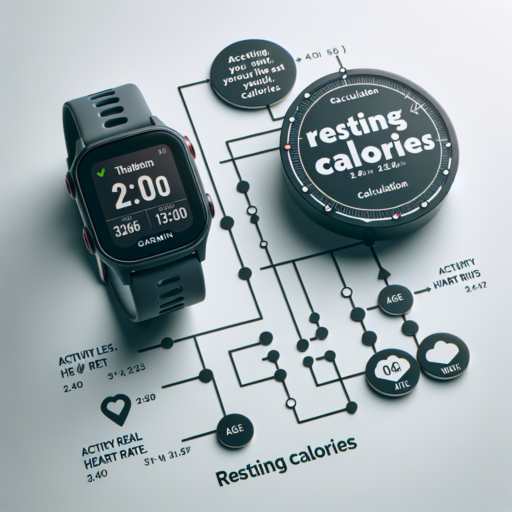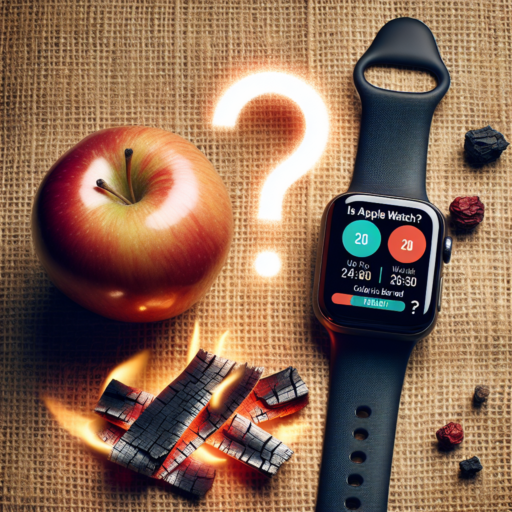How many calories do you burn passively?
Understanding how many calories you burn passively is crucial for managing your weight and overall health. The notion of burning calories without actively engaging in physical activities intrigues many. Primarily, your body expends energy through basal metabolic rate (BMR), performing essential functions like breathing, circulating blood, and cell production. Everyone’s BMR varies based on age, sex, weight, and muscle mass.
Factors Influencing Passive Calorie Burn
Several factors can influence how many calories you burn in a passive state. Genetics play a role, but so do muscle mass and body composition. Generally, those with a higher muscle mass will have a higher BMR because muscle tissue burns more calories at rest than fat tissue. Also, even activities like standing or fidgeting can slightly increase the number of calories you burn passively, a concept known as non-exercise activity thermogenesis (NEAT).
In the realm of passive calorie burning, it is also important to understand the impact of diet-induced thermogenesis (DIT). This refers to the energy expenditure associated with the digestion, absorption, and assimilation of food. Though not as significant as BMR or NEAT, DIT can contribute to your overall daily caloric burn without active effort.
No se han encontrado productos.
How to calculate passive calorie burn?
Calculating your passive calorie burn is essential for understanding your body’s energy expenditure when at rest. This measure, often referred to as Basal Metabolic Rate (BMR), indicates how many calories your body needs to maintain basic physiological functions like breathing, circulation, and cell production. Knowing this number can be a game-changer for anyone looking to manage their body weight or comprehend their caloric needs.
To accurately calculate your passive calorie burn, you can use several methods, each with its level of precision. The most accessible approach is to use an online BMR calculator. These calculators generally require your age, gender, weight, and height to estimate your daily passive calorie burn. While convenient, these calculators provide estimates based on general formulas and may not reflect individual differences in metabolism.
For those seeking more accuracy, the Mifflin-St Jeor Equation and the Harris-Benedict Equation are two widely recognized formulas used to calculate BMR. The Mifflin-St Jeor Equation is noted for its accuracy and requires basic information such as your weight, height, age, and sex. On the other hand, the Harris-Benedict Equation, which also takes these factors into account, has separate calculations for men and women, offering a personalized approach to estimating calorie burn.
How many calories do I burn in a day doing nothing?
The amount of calories an individual burns in a day without engaging in any significant physical activity is often a point of curiosity. While the exact number can vary greatly from person to person, it revolves around the concept of the basal metabolic rate (BMR). BMR is essentially the number of calories your body needs to perform basic life-sustaining functions such as breathing, circulation, cell production, and nutrient processing. It can be surprising to learn how much energy the body requires just to maintain these involuntary functions.
Factors Affecting Caloric Burn
Several variables significantly impact your daily caloric burn, including body size and composition, age, and gender. Typically, individuals with larger bodies have higher BMRs, consuming more calories at rest compared to those with smaller bodies. Similarly, muscle burns more calories at rest than fat does, meaning body composition plays a critical role. Age also affects BMR, with younger individuals burning more calories at rest due to higher muscle mass. Additionally, males often have a higher BMR compared to females because of their larger size and muscle composition.
Understanding your personal BMR is key to estimating the total number of calories burned in a day doing nothing. There are various online calculators and formulas, such as the Harris-Benedict equation, that can help estimate your BMR. Remember, these figures give you a baseline, and actual daily calorie burn might vary depending on slight movements and activities you engage in throughout the day, even if you’re mostly sedentary.
Can I burn 1,000 active calories a day?
Burning 1,000 active calories a day seems like a lofty goal, but it’s certainly achievable for many individuals, depending on various factors including your current fitness level, weight, age, and the type of activities you engage in. Achieving this goal requires a tailored approach and an understanding of how your body burns calories through different types of exercises.
Understanding Caloric Burn
At its core, the concept of caloric burn relates to the amount of energy your body expends performing a certain activity. It’s essential to note that not all exercises are created equal when it comes to burning calories. High-intensity activities like running, cycling at a fast pace, or participating in high-intensity interval training (HIIT) can significantly boost your calorie expenditure compared to more moderate or low-intensity exercises.
Effective Strategies to Reach Your Goal
To realistically burn 1,000 active calories daily, you should consider incorporating a mixture of cardiovascular and strength-training exercises into your routine. Cardio workouts are great for burning a high number of calories in a single session, especially when performed at a high intensity. On the other hand, strength-training exercises, although they might not burn as many calories during the workout, increase your muscle mass which in turn boosts your metabolism, leading to higher calorie burn even at rest. Effective strategies include alternating between these types of workouts throughout the week to maximize your calorie burn.




